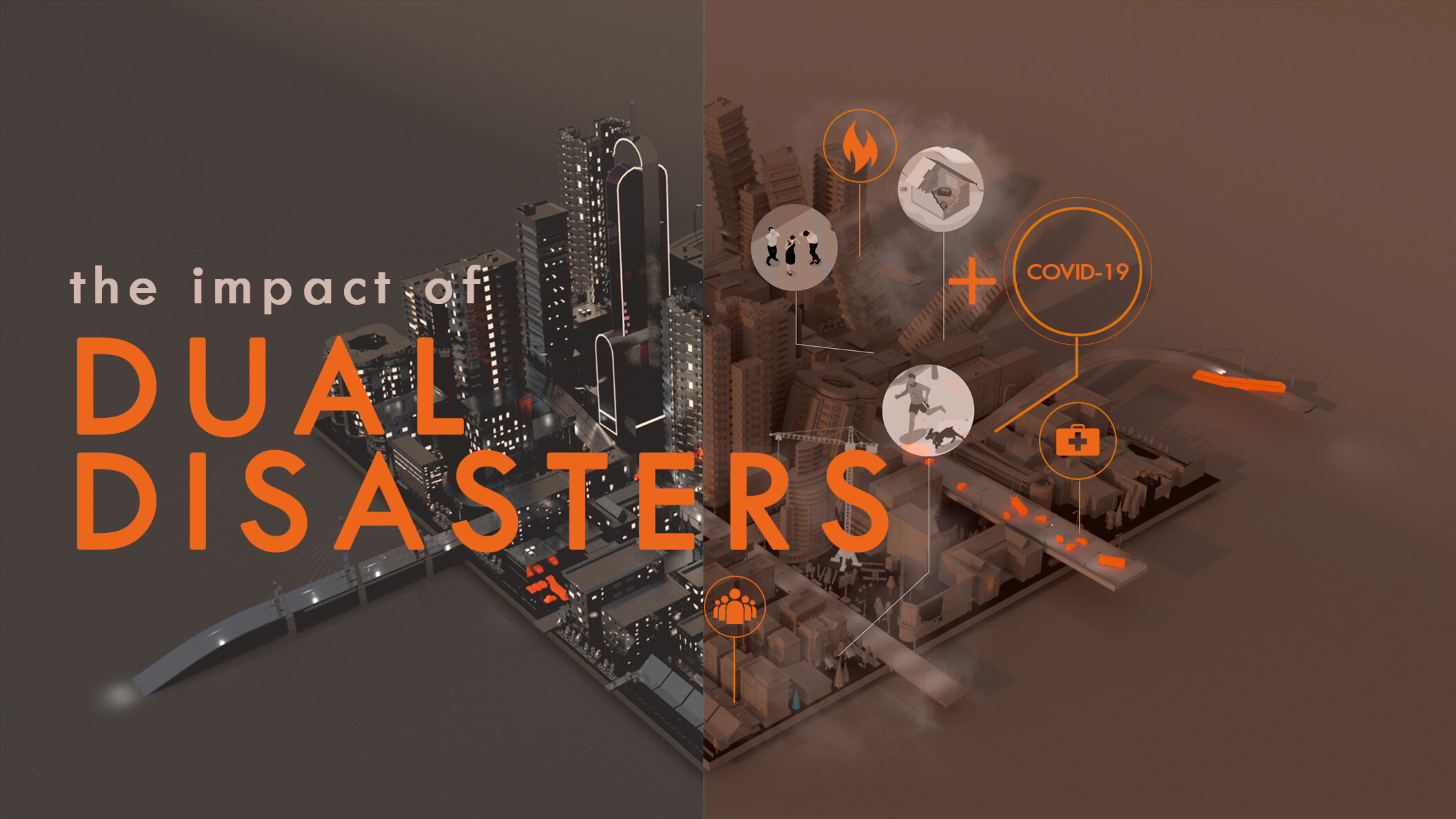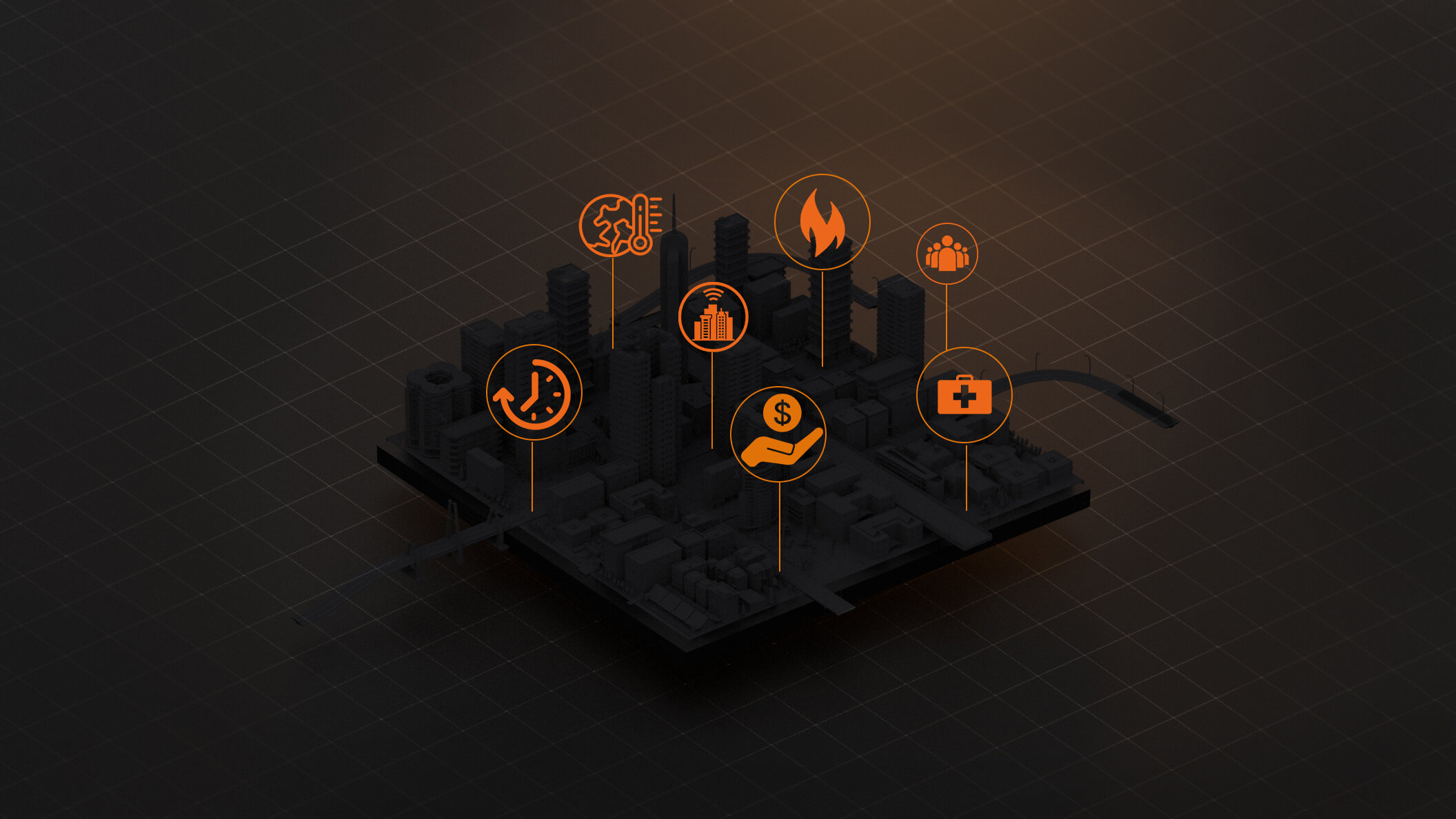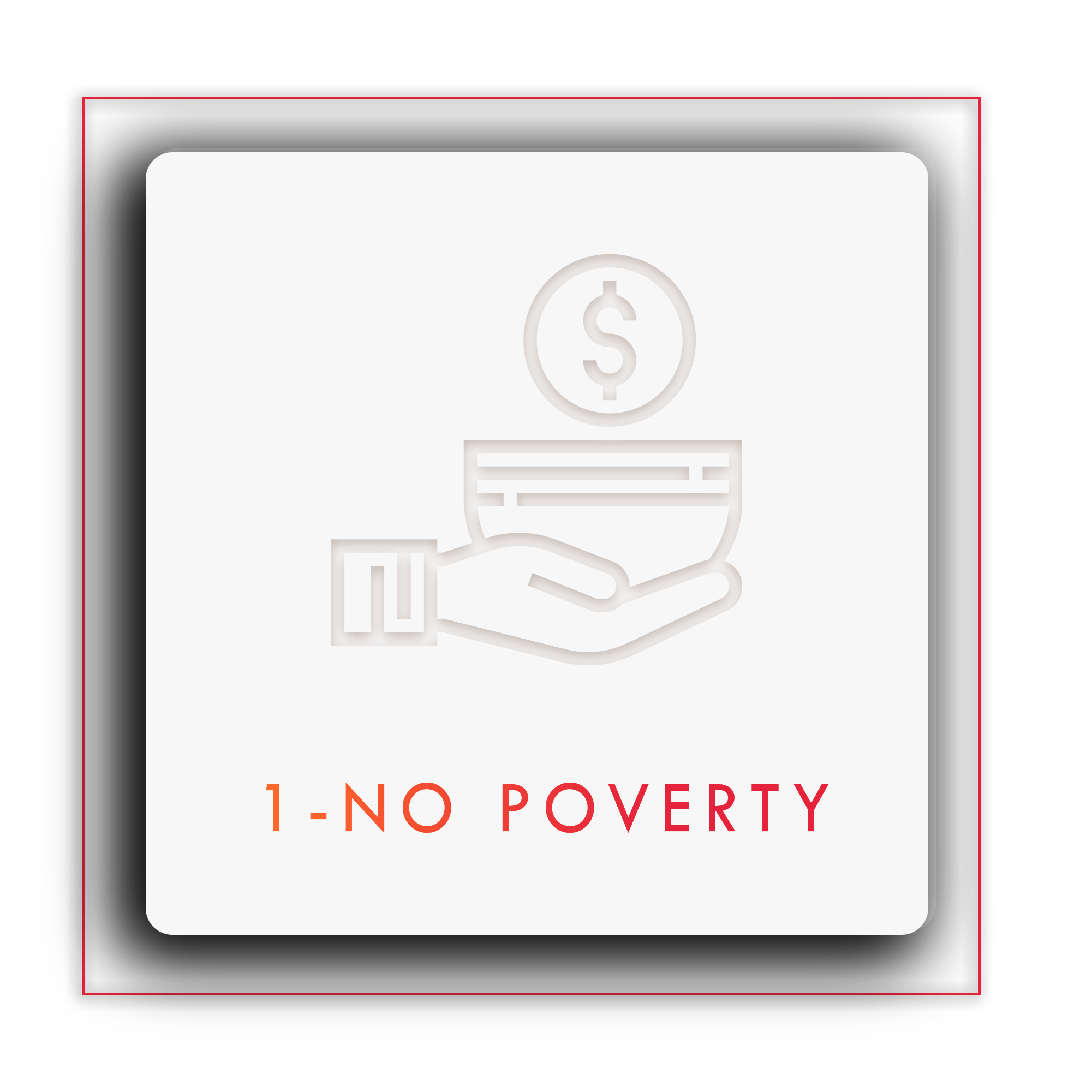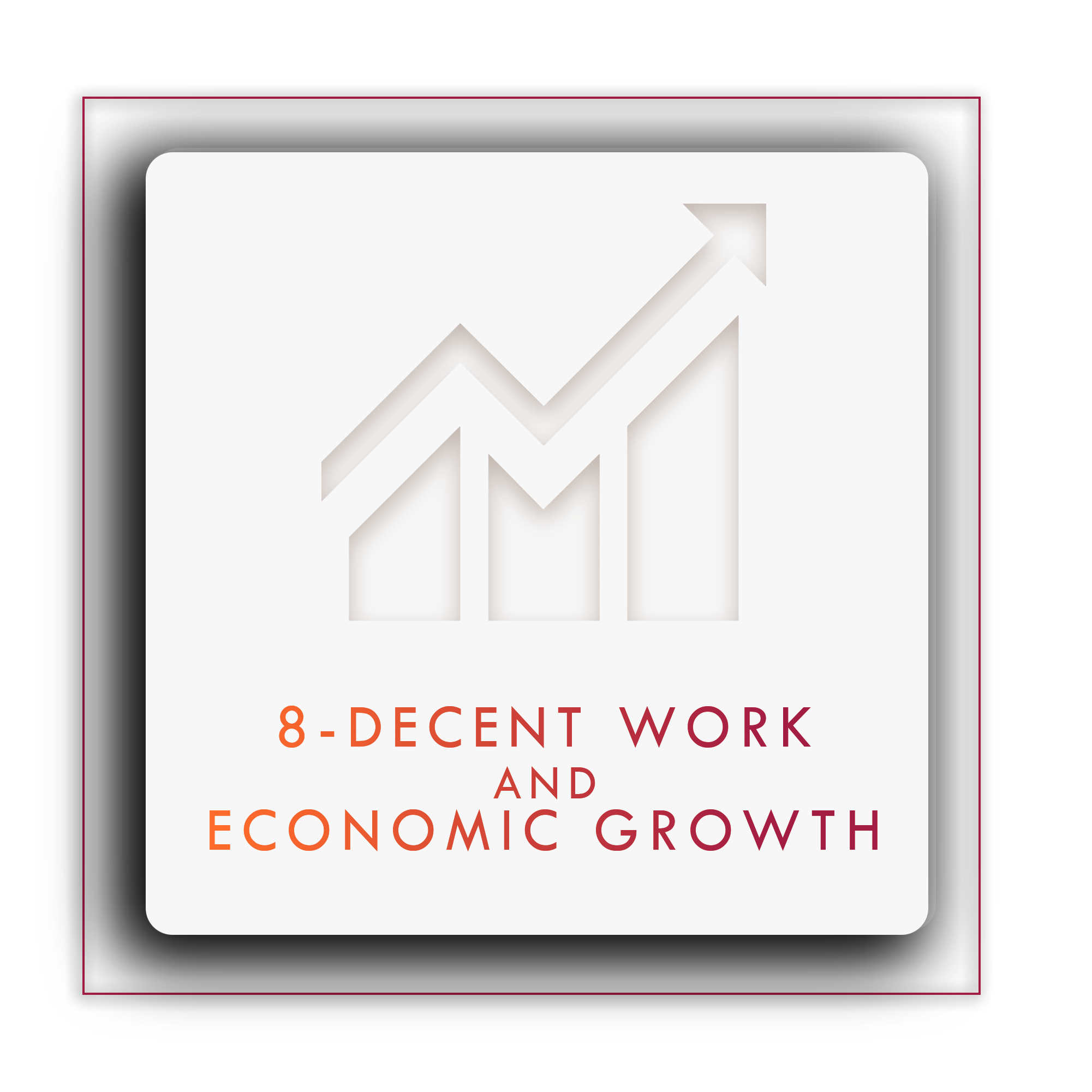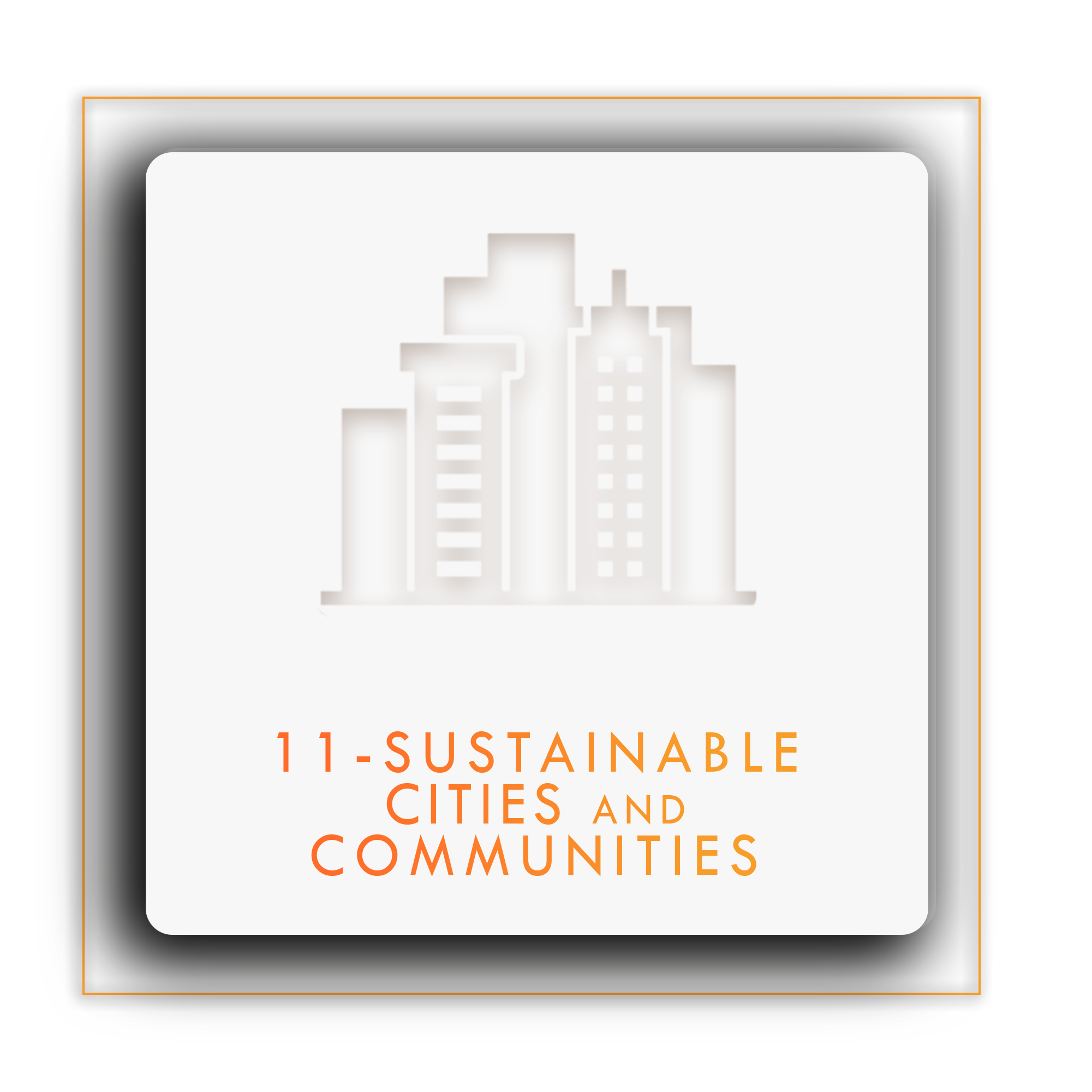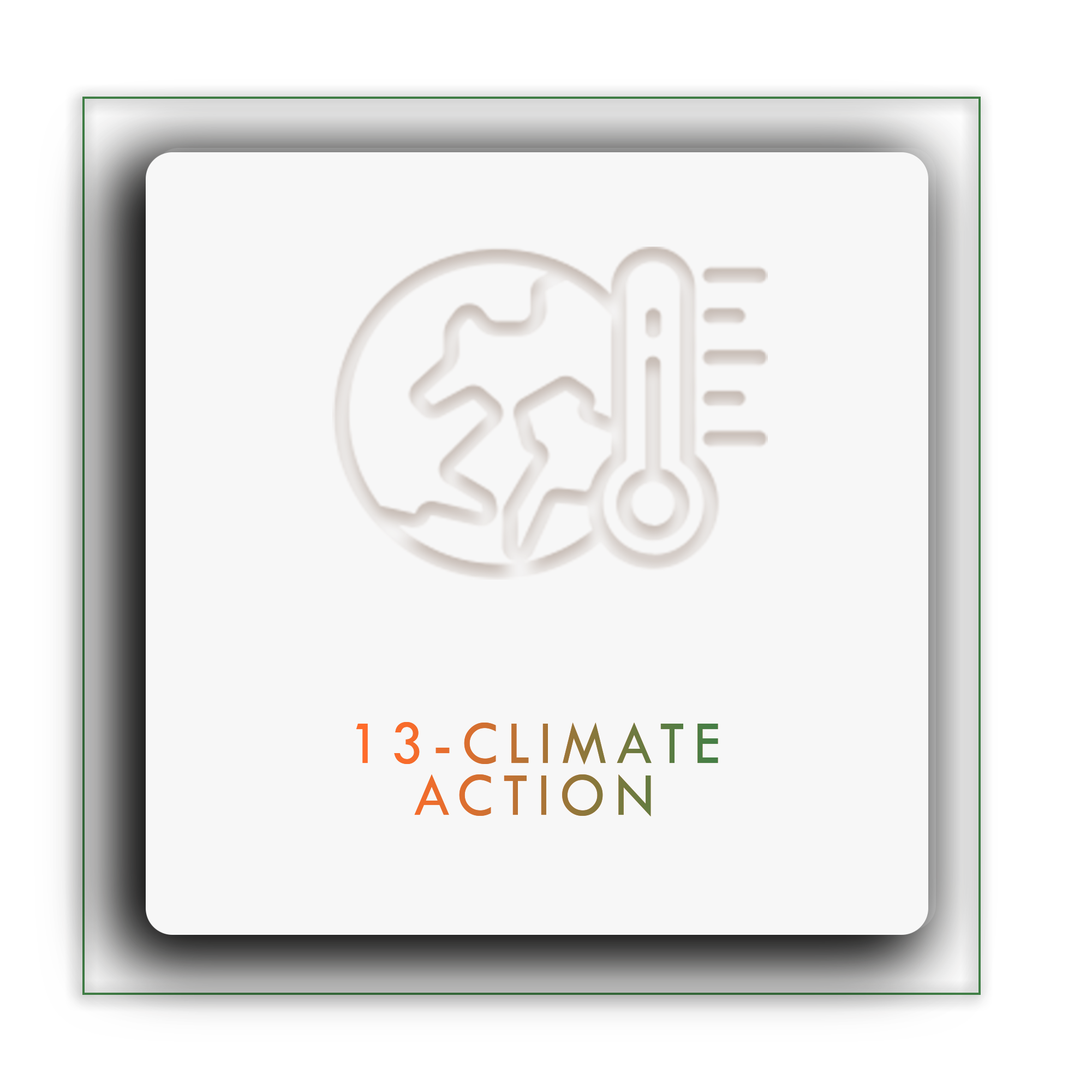The Impact of the Dual Disaster: COVID-19 and disaster response
2020’s natural disasters, from the Sanford Flood in Michigan to the Australian wildfires, have been devastating. With the arrival of COVID-19, these unprecedented dual disasters present emergent, interconnected considerations that require new sophisticated responses.
Challenges such as conducting mass evacuations are now complicated by risk to constituents' health. This additional complexity is challenging for decision makers to understand, visualize, and respond quickly in order to make informed decisions at the pace these rapidly unfolding situations require.
During some disasters, mandatory evacuation can be the only option to ensure safety. However, cities must carefully consider emergency evacuation planning. In Michigan's Stanford flood in early March, the city had to open emergency shelters for residents. The state did its best to maintain social distancing practices in emergency shelters, therefore turning away symptomatic individuals. The state provided hotel rooms for those who were COVID-19 positive and conducted temperature checks, but they were not prepared to provide asymptomatic testing before residents entered shelters (1). This remains an issue: how to quickly respond to natural disasters while ensuring the health of those evacuated.
If officials ban COVID-19 positive individuals from emergency shelters, these individuals may stay with friends or family, greatly increasing the risk to both groups and potentially allowing COVID-19 spread to other areas (2). Other experts argue that governments should lift social distancing requirements to minimize injury as a direct response to the disaster, even if COVID-19 is highly prevalent in the area (3).
Individuals who are unwilling or unable to shelter with others often make the choice to shelter in place. This puts them at risk to sustain serious injuries, straining hospitals and placing emergency workers at risk (2). COVID-19 has already significantly affected emergency workers, putting them at high risk. If emergency workers become ill, resources are further depleted, adding complications to response times and availability.
COVID-19 has also taken a toll on resilience, diminishing the ability of individuals and cities to respond to disasters. The public’s stockpiling of supplies due to the global pandemic has strained food supply chains. Furthermore, unemployment has risen dramatically across the world, with official rates of 14.9% and 10.9% in July from the U.S.A. and Canada, respectively (5&6). These economic and resource shifts have internationally changed dependencies on assistance programs and food security programs. Increased program demand is concerning as it will only be amplified by the additional relief required after a disaster strikes. Prior to an event, economic hardship plays a role in many families' ability to purchase essential disaster supplies like chargers, batteries, and generators (2). This inability to prepare, due to financial and resource strains, results in a further compounding need for financial and human resources during and after a disaster.
The impacts that COVID-19 has on disaster management are numerous and nuanced, and change the way that cities and individuals respond. These impacts, as well as the new considerations for preparation and response, are still evolving. RUNWITHIT Synthetic’s Synthetic Twin models for cities bring together real-world policy and system complexity with the people affected by dual disasters to visualize even the hidden issues, prepare and respond based on data, and transform support for decision makers. For more on this approach, see our blog for additional articles in this series.
References
Bakalar, J., Berg, K., Burkle, F., Espinel, Z., Fugate, C., Galea, S., Hertelendy, A., Kossin, J. P., LaRocque, R. C., Maggioni, A., Salas, R. N., Sandro, G., Sands, D. E., Sherman, R. & Shultz, J. M. (2020). Mitigating the twin threats of climate-driven Atlantic hurricanes and COVID-19 transmission. Disaster Medicine and Public Health Preparedness. https://doi.org/10.1017/dmp.2020.243
Hiroki, K., Ishwatari, M., Katsube, T., Koike, T. & Toda, T. (2020). Managing disasters amid COVID-19 pandemic: Approaches of response to flood disasters. Progress in Disaster Science. 6(100096). https://doi.org/10.1016/j.pdisas.2020.100096
Cardil, A. & de-Miguel, S. (2020). COVID-19 jeopardizes the response to coming natural disasters. Elsevier Public Health Emergency Collection. doi: 10.1016/j.ssci.2020.104861 Retrieved from: https://www.ncbi.nlm.nih.gov/pmc/articles/PMC7261463/
Statistics Canada: https://www150.statcan.gc.ca/n1/daily-quotidien/200807/dq200807a-eng.htm
RUNWITHIT is actively working to contribute to the United Nations Sustainable Development Goals (SDG’s). This project has contributed to the following SDG’s:

